This pollen sponge can absorb oil contaminants, such as gasoline and motor oil, at a rate comparable to commercial oil absorbents
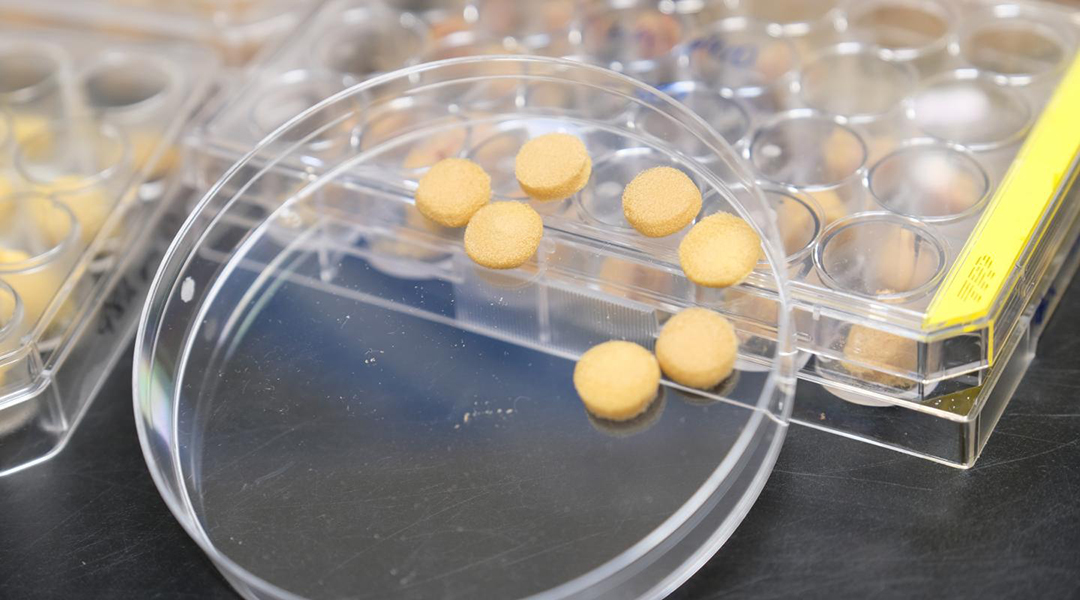


This pollen sponge can absorb oil contaminants, such as gasoline and motor oil, at a rate comparable to commercial oil absorbents
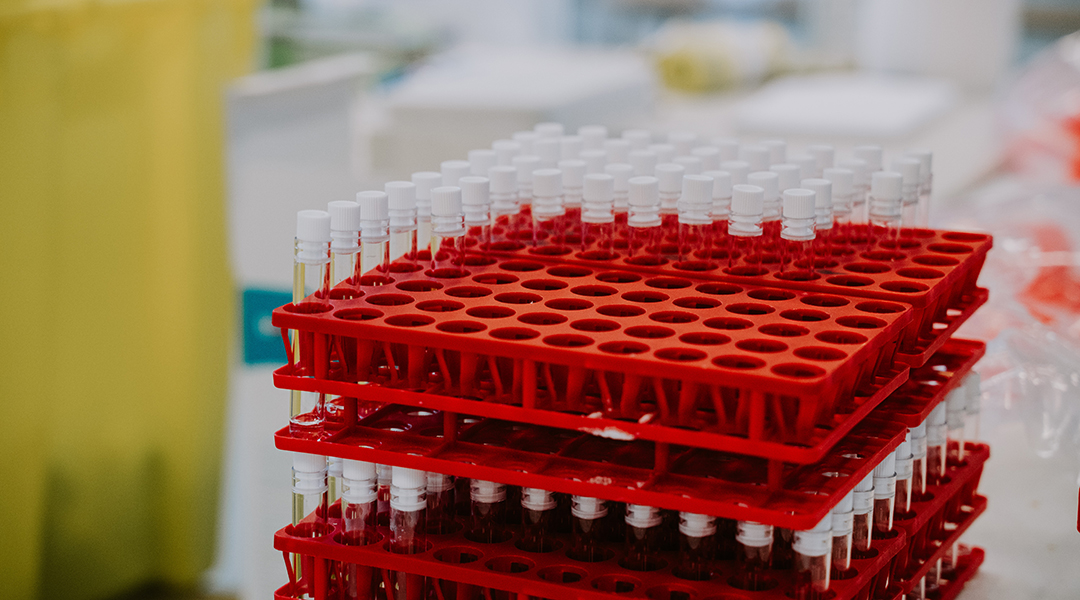
Assays using pseudoviruses have been indispensable in our efforts to halt the current pandemic.
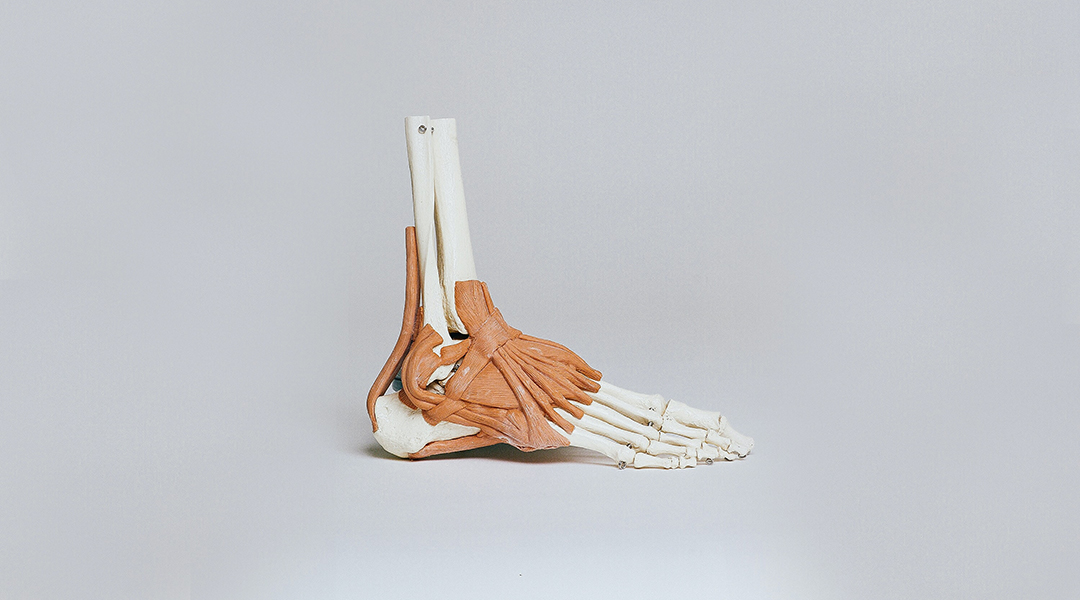
Micropillar arrays using UV nanoimprint lithography essentially trick cells to become bone.

The stability and versatility of gold nanoparticles make them an ideal candidate for implantable sensors
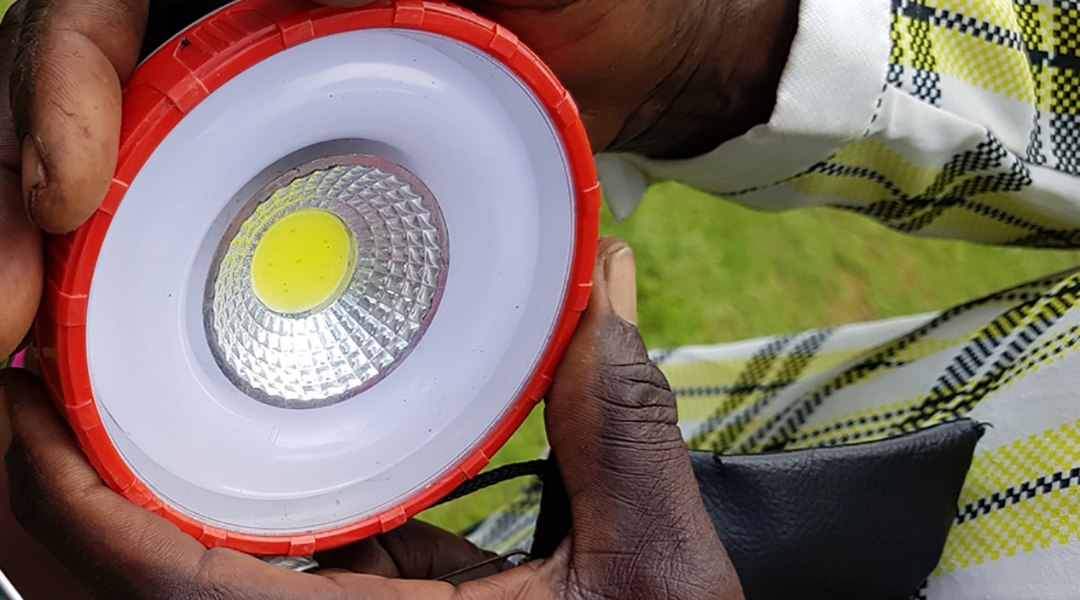
Using a computer model to plan electricity grids in developing countries, researcher Christina Dominguez traveled to Kenya to get an idea of how people live without electricity and what developments access to the power grid can trigger.
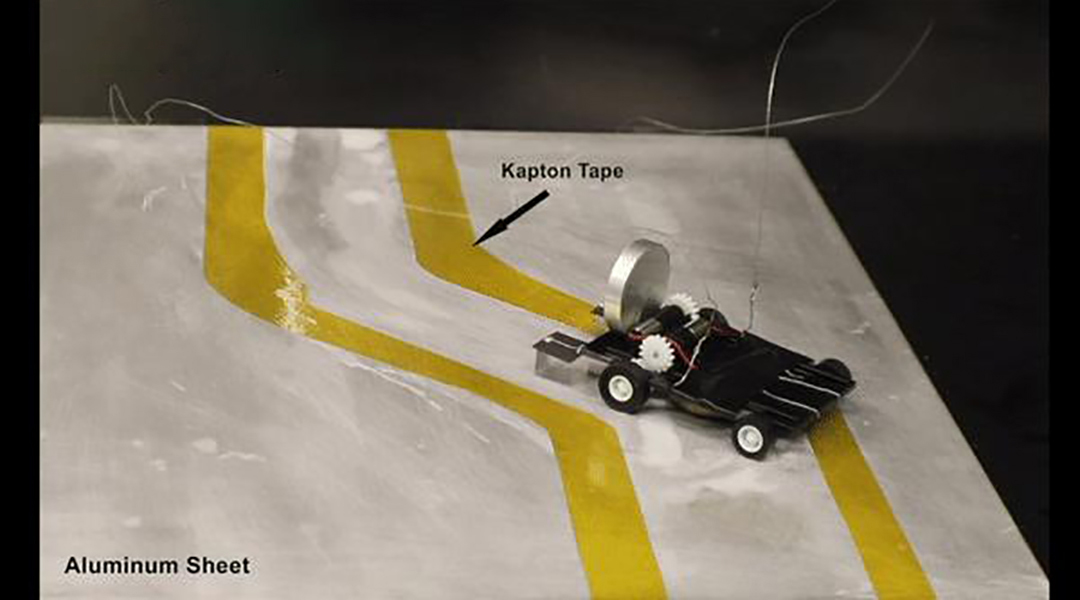
The “metal-eating” robot can follow a metal path without using a computer or needing a battery.

Modern biology considers bone cells essential for bone development and health. However, when bone initially evolved some 400-million years ago, these were missing. So why did bone cells evolve?
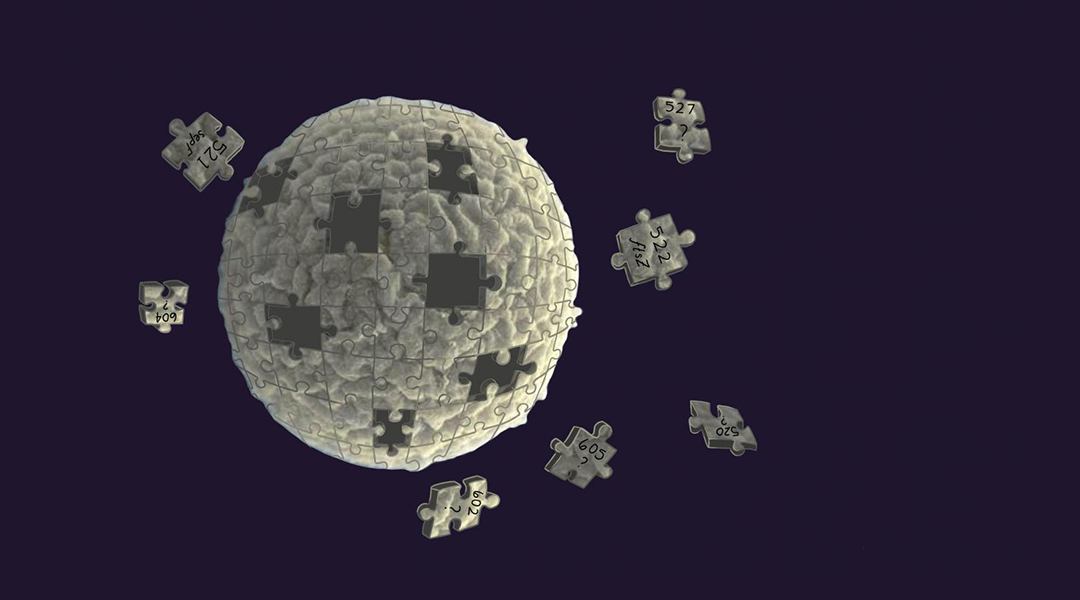
New findings shed light on mechanisms controlling the most basic processes of life.
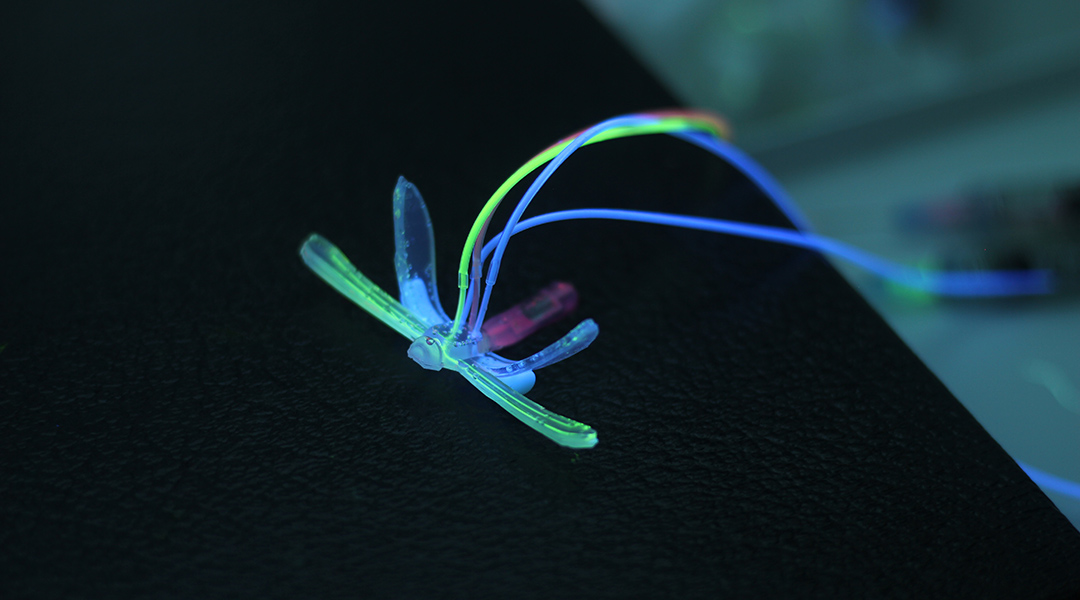
Electronics-free DraBot uses air pressure, microarchitectures, and self-healing hydrogels to watch for changes in pH, temperature, and the presence of contaminants.
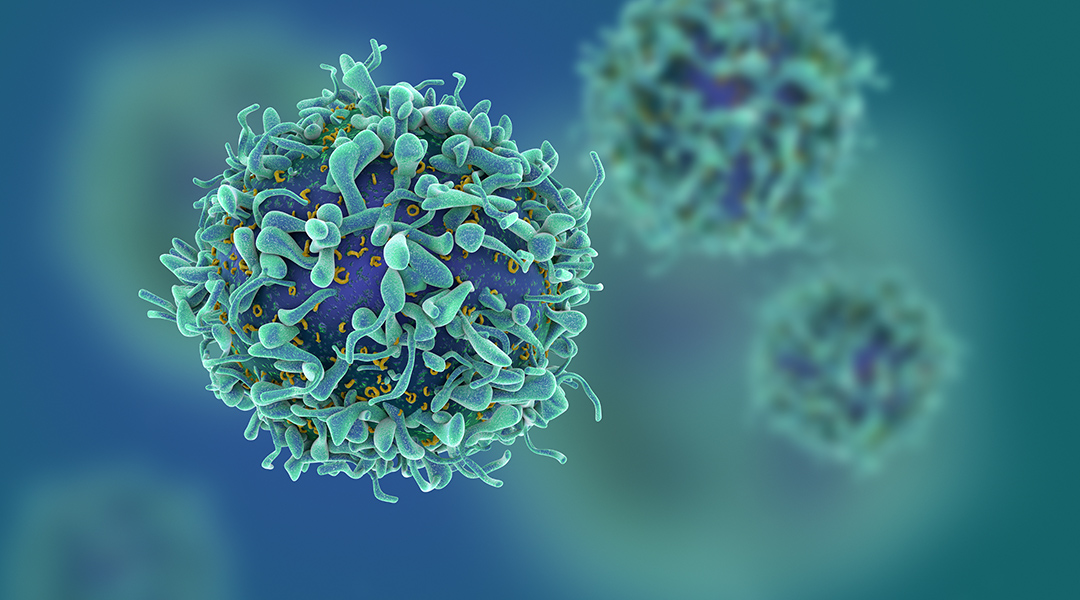
Delivering vaccines directly to the lungs can boost immune responses to respiratory infections or lung cancer, study finds.